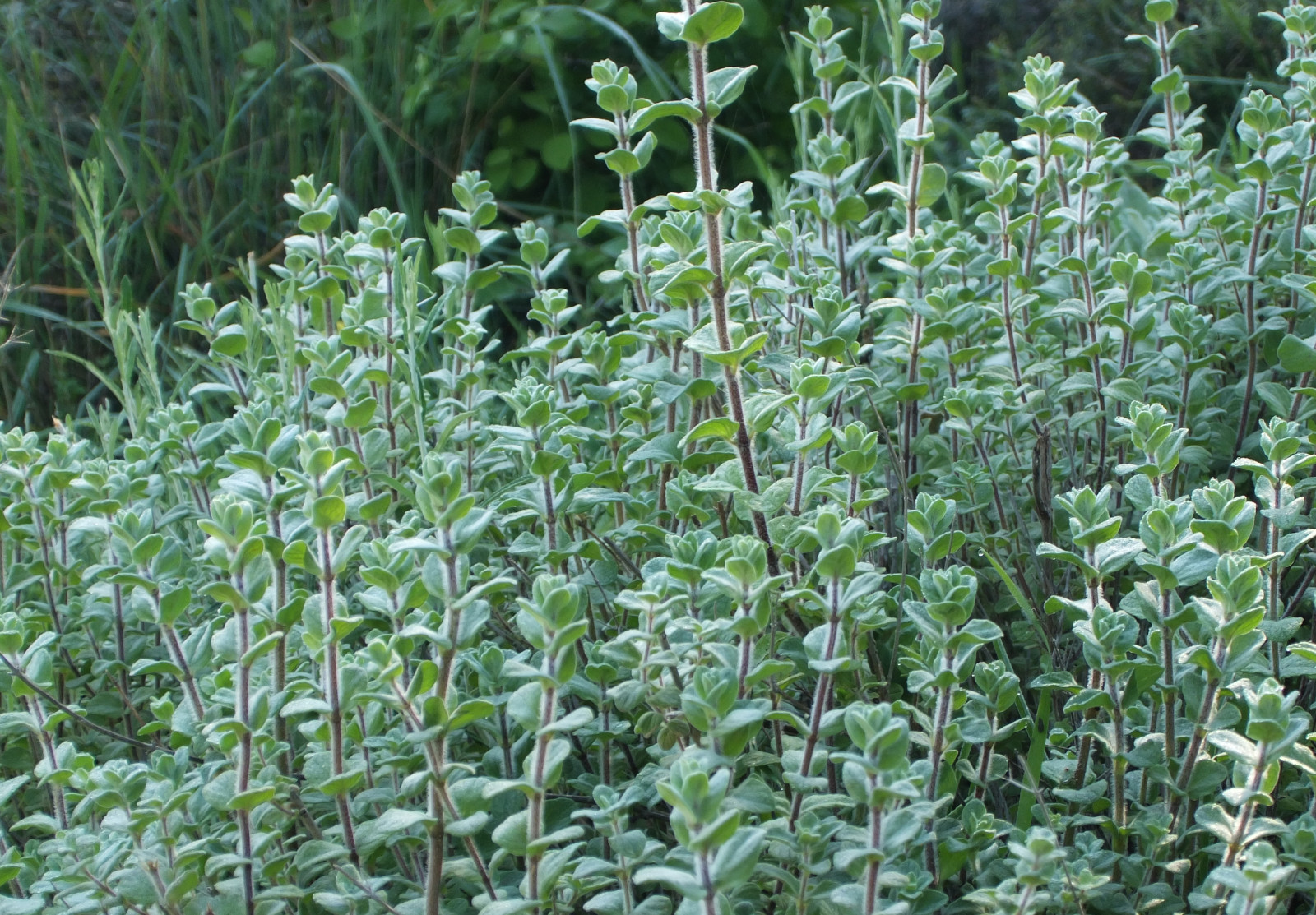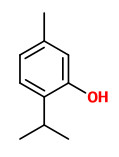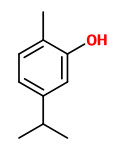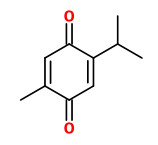Origanum syriacum L. syn.Majorana syriaca (L.) Raf. - Lamiaceae - Syrian oregano, Lebanese oregano, Syrischer Oregano, Libanesischer Oregano, Syrischer Majoran
„The plant may be called za'atar by association with its use in an herb-spice mixture. In Modern Hebrew, it is called ezov, and it may have been the ezov of Classical Hebrew. In many English translations of the Bible, ezov is rendered as hyssop, hence the common name for bible hyssop, believed to be a different plant generally identified with Hyssopus officinalis. The problems with identification arise from Jewish oral tradition where it expressly prohibits Greek hyssop, and where the biblical plant is said to have been identical to the Arabic word, zaatar (Origanum syriacum), and which word is not to be associated with other types of ezov that often bear an additional epithet, such as zaatar farsi = Persian-hyssop (Thymus capitatus) and zaatar rumi = Roman-hyssop (Satureja thymbra) and zaatar mani = calamint (Calamintha incana).“ https://en.wikipedia.org/wiki/Origanum_syriacum
The most abundant components of O.syriacum essential oil were thymol (24.7%) and carvacrol (17.6%).
[Loizzo, Monica R., et al. „Chemical analysis, antioxidant, antiinflammatory and anticholinesterase activities of Origanum ehrenbergii Boiss and Origanum syriacum L. essential oils.“ Food Chemistry 117.1 (2009): 174-180]
Major components of the essential oil from wild and cultivated plants at different times (before/after flowering; blooming peaks) were p-cymene (4.6-9.1%), γ-terpinene (4.9-9.0%), thymol (2.9-55.7%), carvacrol (4.6-61.7%), and β-caryophyllene (1.8-3.2%).
[Salam, Zein, et al. „Chemical analysis of essential oil from Lebanese wild and cultivated Origanum syriacum L.(Lamiaceae) before and after flowering.“ Journal of medicinal plants research 5.3 (2011): 379-387] https://academicjournals.org/journal/JMPR/article-full-text-pdf/4CEE15024778
The main components of the essential oil were α-pinene (0-1.5%), myrcene (0.3-1.6%), α-terpinene (0.7-2.2%), p-cymene (4.4-14.8%), γ-terpinene (1.5-6.0%), thymoquinone (0.2-1.7%), thymol (37.8-54.4%), carvacrol (11.4-35.8%), and β-caryophyllene (1.7-2.1%). Minor components were e.g. cis-sabinene hydrate (0.5-1%) and α-terpineol (0.1-0.2%).
[El-Alam, Imad, et al. „Origanum syriacum essential oil chemical polymorphism according to soil type.“ Foods 8.3 (2019): 90]

Spring's growth of Origanum syriacum, a highly valued food spice. (2015)
Wikimedia Commons, Author: Davidbena CC BY-SA 3.0





